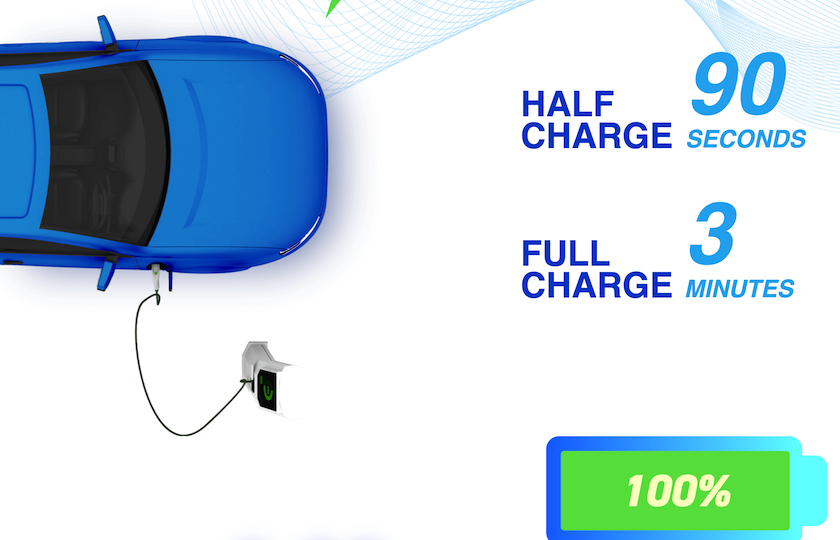Traditional batteries have long been a cause for concern regarding their impact on the environment and human safety. These batteries, widely used in various applications, often contain toxic and hazardous materials that pose risks to ecosystems and individuals when discarded.
However, Prieto’s recent battery technology breakthrough promises a transformative solution.
Aside from being made from a greener material like lithium-ion, the new battery design provides rapid charging, temperature resilience, and enhanced safety features. It can be fully charged within three minutes, regardless of size.
“A three-minute charge fundamentally changes how companies can design their products and how consumers use them,” remarked Mike Rosenberg, CEO at Prieto Battery.
In addition to its fast charging capability, the 3D interdigitated battery can tolerate harsh weather conditions. It can operate and charge reliably in extreme temperatures, enduring as low as -30 degrees Celsius and as high as 100 degrees Celsius.
“Our battery is the only battery that we are aware of that will not only operate but will also charge at -30 degrees Celsius,” Rosenberg continued.
Validated by a third-party accredited battery testing lab, the battery has been proven nonflammable and noncombustible. It will not catch fire like traditional lithium-ion batteries.
Dr Amy Prieto, founder and chief technology officer of Prieto Battery, said the company “dramatically shortened” the diffusion length, which allows charging to hyper-speed and delivers more power and energy storage than 2D batteries.
The design offers five times the power density and up to three times the energy density of conventional 2D batteries, explains Dr Prieto, making it suitable for various applications, from electric vehicles to consumer electronics.
While the company hasn’t mentioned the exact lifespan of the battery, it claims it can power electric vehicles, laptops and cell phones, medical devices, aviation and drones.
Aside from their high performance and endurance, the batteries’ streamlined production process uses low-cost and sustainable materials, reducing manufacturing costs and eliminating the need for specialised facilities – making the battery technology more accessible.
“From day one, I prioritised manufacturing ahead of the battery design,” Dr Prieto said.
“The company’s high manufacturing yield rates and simplified production process position them for success in large-scale production.”



